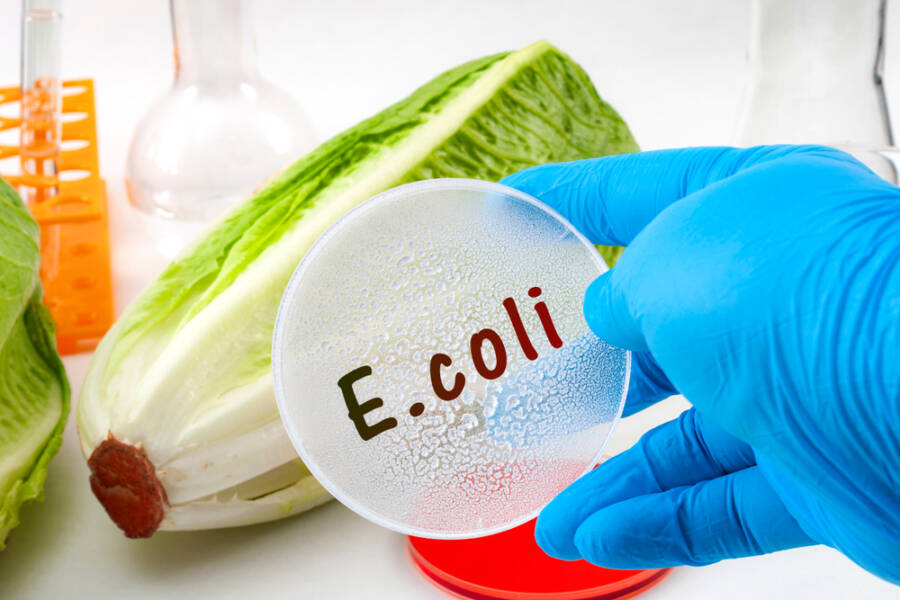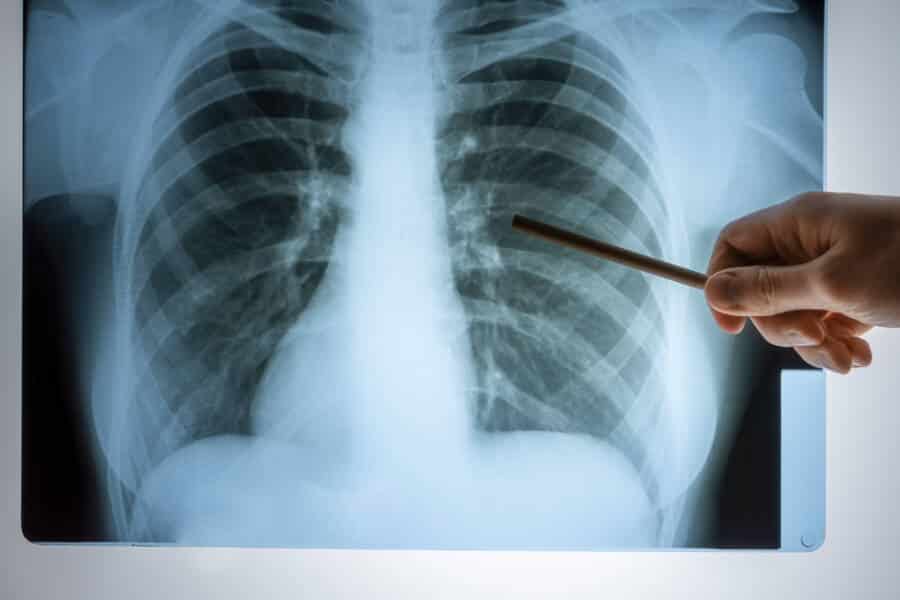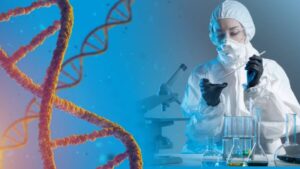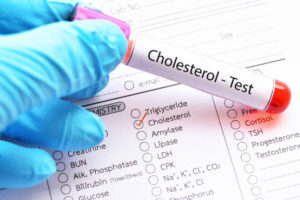These dangerous antibiotic-resistant bacteria are becoming more deadly and more difficult to treat! Read more about them right here:
Bacterial infections directly cause the deaths of millions of people, particularly when the bacteria have become resistant to the antibiotics we use to treat them. They are especially lethal because of their drug resistance.
Furthermore, the most recent data is not very encouraging either. The rise of various drug-resistant bacterial species is posing a significant challenge to global health systems, particularly in low- and middle-income nations.
The World Health Organization (WHO) estimates that bacterial antimicrobial resistance was directly responsible for 1.27 million deaths worldwide in 2019 and may have contributed to as many as 4.95 million.
In the past century, medicine has advanced significantly, but so have illnesses. In other words, medical personnel are having difficulty finding new medications to treat illnesses, and the medications that we currently have are no longer as effective as they once were. If untreated, even typical ones like urinary tract infections (UTIs) can become lethal.
In the following lines, we will discuss more about all these antibiotic-resistant bacteria and how dangerous they are.

Escherichia coli (E. coli)
Escherichia coli (E. coli) bacteria are typically found in the intestines of both humans and non-human animals, just like Klebsiella bacteria. They can also be found in food, water, and the environment.
While the majority of E. coli strains are benign, some can lead to sepsis, pneumonia, diarrhea, and urinary tract infections. The 2024 Summer Olympics in France raised concerns about E. coli concentrations in the Seine River in Paris. After this incident and many tests conducted on this matter, it has been proven that E. coli is one of those antibiotic-resistant bacteria.
Third-generation cephalosporins, which are frequently prescribed antibiotics used to treat STIs like gonorrhea, are ineffective against E. coli. Carbapenem resistance also exists in E. coli.
Salmonella Typhi
The deadly disease known as typhoid fever is caused by Salmonella Typhi. It primarily affects people who live in areas like parts of Asia, Africa, and Latin America that have poor sanitation and contaminated food and water sources.
According to the US Centers for Disease Control and Prevention, approximately 9 million cases of typhoid occur annually throughout the world. The European Medicines Agency has restricted the use of fluoroquinolone, a broad-spectrum antibiotic, due to Salmonella Typhi’s resistance to it and a number of its adverse effects.
Pseudomonas aeruginosa
Often following hospital surgery, Pseudomonas aeruginosa causes infections in the blood, lungs, urinary tract, and other areas of the body. Resistant to multiple drugs (MDR), Pseudomonas aeruginosa bacteria can withstand common antibiotics like carbapenems.
Patients with compromised immune systems are particularly vulnerable to Pseudomonas aeruginosa infections. Its drug resistance profile makes it a serious concern even after it was downgraded from “critical” to “high” priority.
Klebsiella pneumoniae
When it comes to antibiotic-resistant bacteria, Klebsiella pneumoniae was voted as one of the most dangerous ones, and it is present in human feces and intestines. If Klebsiella pneumoniae enters the nervous system, it can cause meningitis, bloodstream infections, wound or surgical site infections, and pneumonia.
In hospitals, Klebsiella pneumoniae has the potential to develop into a so-called “superbug” that spreads quickly and becomes resistant to the majority of medication treatments. Klebsiella pneumoniae has absolute resistance to carbapenem, a last-resort antibiotic used to treat multidrug-resistant infections. Besides carbapenem, Klebsiella pneumoniae is resistant to cephalosporins, a third-generation antibiotic.
Acinetobacter baumannii
In 2012, scientists named Acinetobacter baumannii an emerging opportunistic bacterial pathogen that has been tied to hospital-acquired infections (HAIs). Hospital patients who have been there for more than 90 days or who have a weak immune system were found to have a high risk of getting an infection. Acinetobacter baumannii doesn’t respond to carbapenem.
Shigella species
Another antibiotic-resistant bacteria that can cause a deadly disease is Shigella species. Three types of Shigella are Shigella sonnei, Shigella flexneri, and Shigella dysenteriae. When you get Shigella bacteria, you get diarrhea, stomach pain, and fever.
You can get them from contaminated food and water, or you can get them from sex with someone who is sick. They can’t be killed by fluoroquinolones. Shigella species that are resistant to almost all types of antibiotics are spreading and will soon be the most common type of bacteria in the world. Most diseases happen in countries with low or middle incomes and poor sanitation.
To ward yourself against dangerous bacteria, it’s important to have adequate nutrition, but also take some supplements. It’s best to do a set of blood tests before taking something, but if you already did that and you’re sure you need something to boost your immune system, you may want to check out Fosfoetanolamina—Unique Blend of Phosphoethanolamine to Boost Your Immune System—Natural Fosfoetalonamina that’s available on Amazon in a pack of 180 capsules.
Phosphoethanolamine can help fight cells that aren’t working right. This supplement boosts your immune system and fights free radicals with vitamin D3, vitamin K2, calcium, magnesium, and zinc.

Mycobacterium tuberculosis
Did you know that, of all the antibiotic-resistant bacteria, the one that causes tuberculosis is among the worst? In the United States in 2022, 565 people died from tuberculosis. It might sound good, but it’s not. You can still get this “popular” lung infection.
Likely, tuberculosis is once again the leading cause of death from a single infectious agent. For three years, coronavirus disease (COVID-19) took that spot. Rifampicin is an antibiotic that is used to treat mycobacterial infections like TB and leprosy, but it doesn’t work on Mycobacterium tuberculosis.
Enterococcus faecium
The gut flora, which is also called the microbiome, is home to Enterococcus faecium. People with diabetes or a long-term kidney condition may get very sick from it. If Enterococcus gets into parts of the body other than the gut, it can cause infections like UTIs and infections of the nervous system. Vancomycin is an antibiotic that is also used to treat infections caused by staphylococci bacteria, but it doesn’t work on Enterococcus.
Neisseria gonorrhoeae
Neisseria gonorrhoeae, the bacteria that causes gonorrhea, is now resistant to several kinds of antibiotics. It is very worrying that strains are becoming resistant to third-generation cephalosporins, which are some of the last treatments that work. These resistant strains could mean that current antibiotics can’t treat gonorrhea. This shows how important it is to find new treatments and strong ways to stop it, like having secure intimacy and getting checked regularly.
Campylobacter species
Worldwide, one of the most frequent causes of bacterial gastroenteritis is Campylobacter species. The use of fluoroquinolones in animal husbandry has been connected to resistance to these antibiotics. More severe illness and fewer treatment options may arise from infections caused by resistant strains of Campylobacter. Important steps to address this issue include lowering the use of antibiotics in agriculture and improving surveillance of antibiotic resistance.
Takeaway:
In the community, antimicrobial-resistant bacteria can also spread from person to person. This is happening more often. But luckily, you can prevent yourself from getting infected with any dangerous bacteria by washing your hands properly, and whenever you don’t have access to soap and water, keep an antibacterial gel on hand, use single-use tissues to blow your nose and then make sure you dispose of them correctly, stay at home if you’re sick so you won’t spread the virus to others, and always cover your nose and mouth when sneezing.
You may also be interested in reading: 8 Silent but Dangerous Signs You Have a Sluggish Liver.






